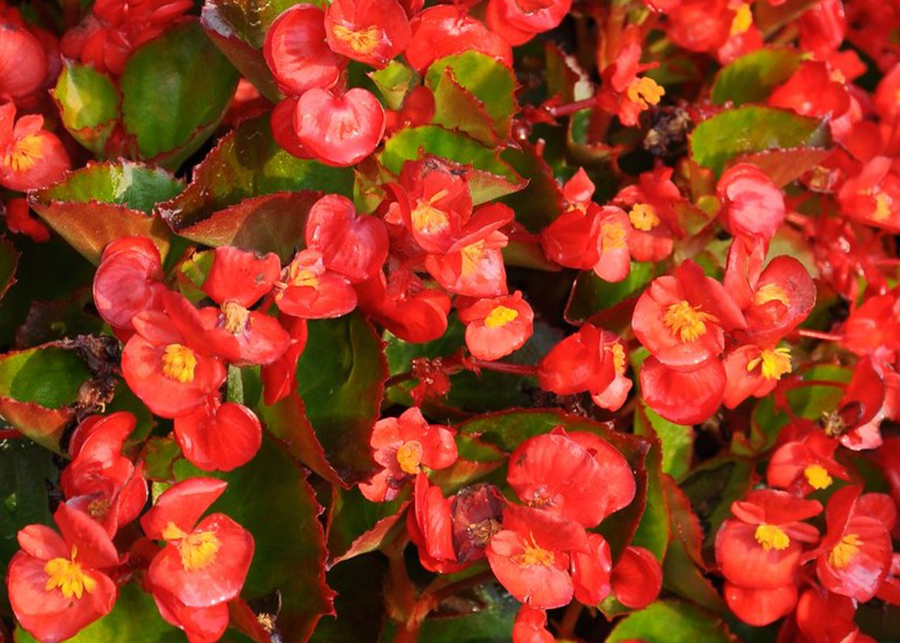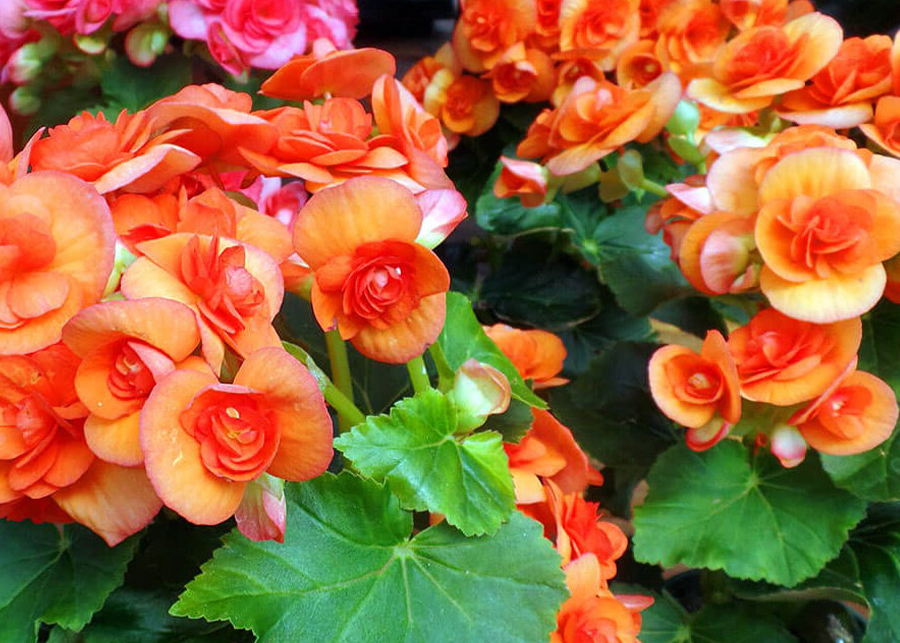Pests are a common problem with the wax begonia. If you notice awful-looking insects on your leaves, there are a number of things to do. Firstly, identify if they are harmless or harmful insects. Get rid of the harmful ones immediately.
The Wax Begonia is an attractive and durable plant that grows well indoors and out. This plant needs moist soil and good drainage. However, it is susceptible to some pests and diseases. If you are worried about pests, you can use neem oil. You can mix it with a quart of water and spray the plants. This solution will kill the pests. You can repeat this process every week to keep the foliage looking healthy.

Can be grown indoors or outdoors
The decision of whether to grow cannabis indoors or outdoors depends on a number of factors. Some growers prefer outdoor environments, especially in Northern California where the climate is ideal. However, it’s important to consider that growing cannabis outdoors isn’t 100% pest-proof. Pests can damage the plant’s quality, and the plants themselves can suffer from environmental stresses.
In addition to climate, the cost of growing marijuana can vary greatly. Growing marijuana indoors costs more. You’ll need to rent space on an outdoor property or make sure that the land owner won’t mind. Indoor growers may also need employees and security measures.
Likes moist soil
Wax Begonia is a hardy plant that prefers moist soil. While not overly moist, they do appreciate a good drink of water on their roots and leaves. They need about an inch of water a week. Make sure not to overwater, as overwatering can cause root rot.
Wax Begonia will grow up to 18 inches tall and spread into a shrub. This plant is most comfortable in a pot that is bound in soil. It will also bloom better when you keep it in partial shade.
Is resistant to pests
If you’re considering growing a Wax Begonia in your garden, there are several things you should know. First, it doesn’t like cold temperatures, so make sure you plant your plant after the last frost. It also likes moderate humidity, which is important for indoor plants. To achieve this, you can use a humidity tray or pebble tray.
Pests that can damage wax begonias include whiteflies, mealybugs, and aphids. These insects can cause damage to the foliage, so it is recommended to protect the plant from these insects with a copper based fungicide. Another reason to use a fungicide is to prevent fungal diseases.
Requires good drainage
The right soil drainage can greatly improve the production of your plants. Agricultural soils, for example, require good drainage to be healthy. In addition, good drainage is also essential to managing your water supply. You can identify areas of poor drainage by looking for soil color. The soil color in these areas will be different than the soil matrix.
Is a tender perennial
The Wax Begonia is a perennial plant that can thrive year-round indoors. When grown in a bright, warm spot, it produces beautiful, multicolored flowers. The plant belongs to the begonia family, a large group of flowering plants that includes over 1,000 species and 10,000 cultivars. The family is constantly being bred, with new hybrids being created every year, with improved varieties featuring smaller leaves and bigger blooms.
Wax Begonias can be propagated from seed or stem cuttings. For best results, start seedlings in warm, bright light several weeks before the last frost date. Once the cuttings have rooted, bring them indoors. Keep them moist, but not soggy, until they are ready to transplant.

Care instructions
Wax begonias are easy to care for and do not require a lot of repotting. Once they have established themselves, you can take cuttings and replant them indoors in spring. They love an organic soil that dries quickly. For best results, avoid fertilizing your plants for a month after transplanting. You can also borrow cuttings from a neighbor to start your own plants.
Care instructions for wax begonia should begin with soil. A soil rich in organic matter is ideal for growing wax begonia. You can also fertilize your plants sparingly, twice in the spring and once in the summer. Watering the plant too much will cause root rot and fungal growth.
Common pests that affect wax begonias
Wax Begonias are native to the warm and humid subtropics. They grow in leaf mold that is highly fertile. In warm climates, they tend to grow rapidly and produce flowers that are bright and colorful. However, they are susceptible to freezing and may go into dormancy. Unless they are protected from freezing, you should keep an eye out for pests that can cause damage to the leaves.
Wax Begonias are available in a variety of colors and foliage patterns. Some varieties feature green foliage while others feature bronze-tinged leaves. Some varieties grow in the sun while others thrive in the shade. As a general rule, they prefer a moist soil.
Wax Begonia – Indoors and Out Result
In summary, the Wax Begonia plant is an exceptionally attractive and durable plant. It grows well at home and outdoors. It needs oxygen, good drainage, moist soil and fertilizer. There are many types of this plant. These include Danguet Begonia, French Stripe Begonia, Little John Wax Begonia, Macdaniels Dwarf Wax Begonia, Red Gem and Striped Wax begonias. They all add a special touch to your garden or patio. If you have problems growing them in your area, then you can use water plants such as the Amazon sword that can put in small fish tanks or aquariums.


